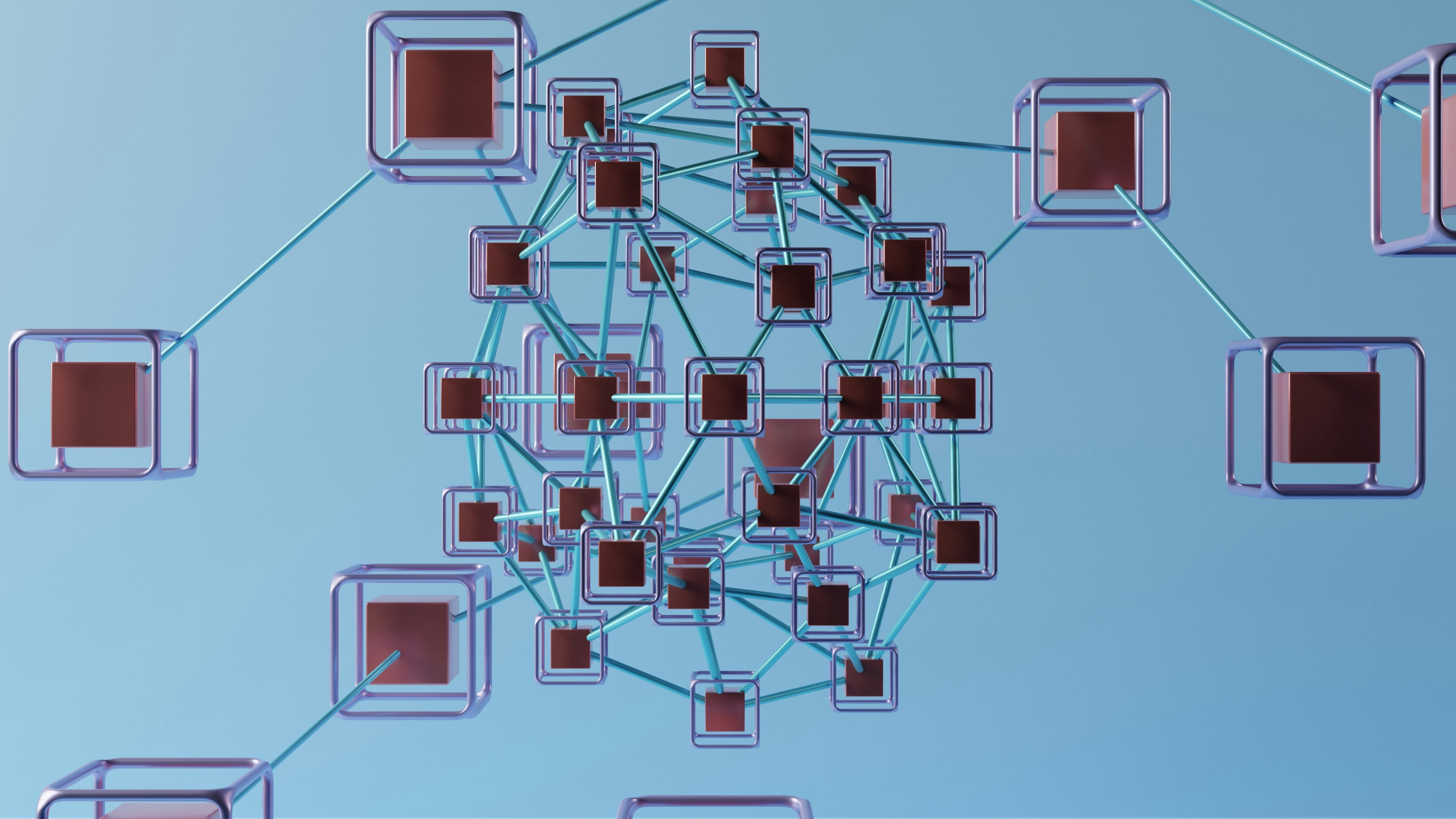Introduction
In today's fast-paced digital landscape, large organizations are increasingly adopting scaled agile frameworks like SAFe (Scaled Agile Framework) to deliver complex, enterprise-wide digital transformation programs. However, without a cohesive architecture strategy, agile teams often struggle with alignment, reuse, and governance. This is where TOGAF (The Open Group Architecture Framework) comes in. As a globally recognized enterprise architecture standard, TOGAF provides structure and traceability that can support agile delivery without slowing it down.
Understanding TOGAF and Scaled Agile
- TOGAF provides a comprehensive approach to the design, planning, implementation, and governance of enterprise information architecture using its ADM (Architecture Development Method).
- Scaled Agile methodologies (like SAFe, LeSS, or Spotify model) promote decentralization, rapid delivery, and team autonomy across multiple agile teams.
While these two approaches may seem at odds, they are in fact complementary when applied thoughtfully.
How TOGAF Supports Scaled Agile Programs
Strategic Alignment via Architecture Vision and Roadmaps
- TOGAF's Preliminary and Architecture Vision phases help set clear business goals and establish architectural direction.
- Roadmaps derived from TOGAF's ADM phases can align multiple agile release trains (ARTs) to a common goal.
Just Enough Architecture for Agile Delivery
- TOGAF encourages tailoring. Enterprise architects can provide just enough architecture to guide agile teams while avoiding over-documentation.
- Architecture Building Blocks (ABBs) help teams design with reuse and interoperability in mind.
Governance without Bottlenecks
- Lightweight architectural governance can be embedded within agile ceremonies (e.g., backlog refinement, PI planning).
- TOGAF's Architecture Governance framework ensures that standards and compliance are maintained across teams.
Integration of Architecture Runway and TOGAF Artifacts
- Agile programs rely on a continuously evolving architecture runway.
- TOGAF's artifacts (Business, Application, Data, and Technology architectures) support and inform the runway with traceability.
Enterprise Repository for Reuse and Collaboration
- TOGAF recommends establishing an architecture repository.
- This serves as a living knowledge base of reusable patterns, reference architectures, and decisions accessible to all agile teams.
Illustrative Example: Agile Digital Banking Transformation
Imagine a digital banking program adopting SAFe. Agile teams are delivering mobile apps, core banking APIs, fraud detection, and analytics. TOGAF supports this by:
- Providing a baseline business capability map to identify feature gaps.
- Defining domain-level application and data boundaries for team autonomy.
- Offering reusable infrastructure and security patterns.
- Ensuring long-term interoperability and strategic alignment across domains.
Best Practices for Harmonizing TOGAF with Agile Delivery
- Embed architects within agile teams as trusted advisors.
- Use agile-friendly modeling tools and collaboration platforms.
- Incrementally develop architecture iteratively alongside delivery.
- Promote cross-team architectural communities of practice.
Conclusion
TOGAF doesn't slow down agile delivery --- it amplifies it by providing structure, alignment, and enterprise-wide visibility. When applied pragmatically, TOGAF becomes a force multiplier for scaled agile programs, enabling organizations to balance innovation with compliance and long-term strategic vision.
Further Reading and Tools
- https://www.opengroup.org/togaf (The Open Group TOGAF Standard)
- SAFe and TOGAF alignment guides
- Enterprise Architecture modeling tools (e.g., Archi, Bizzdesign, LeanIX)
- Lightweight architecture documentation approaches like
docs-as-code
